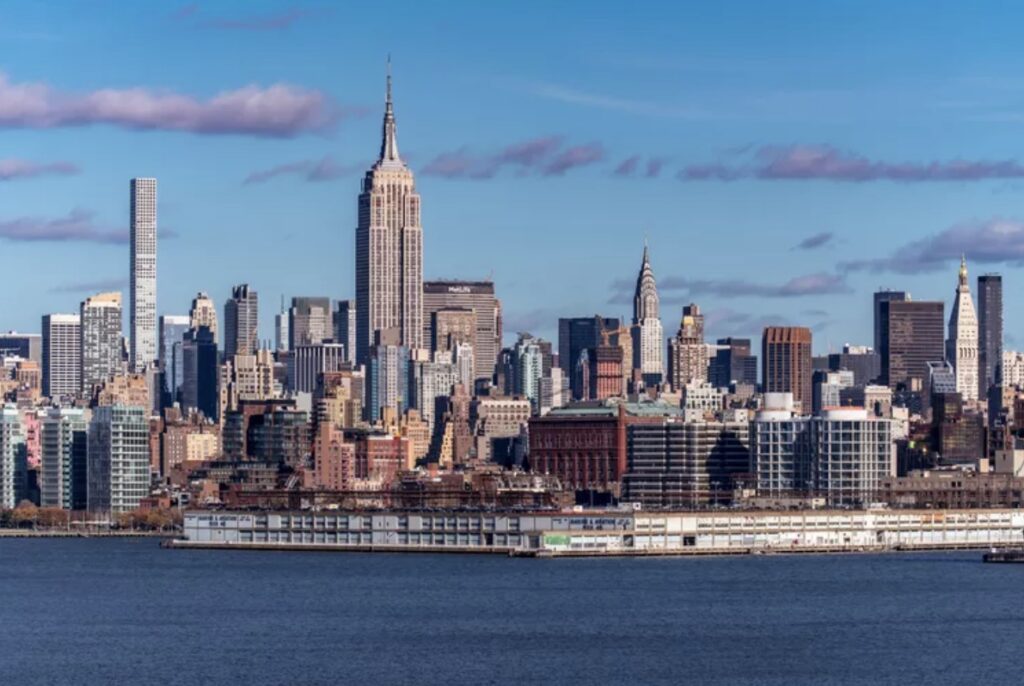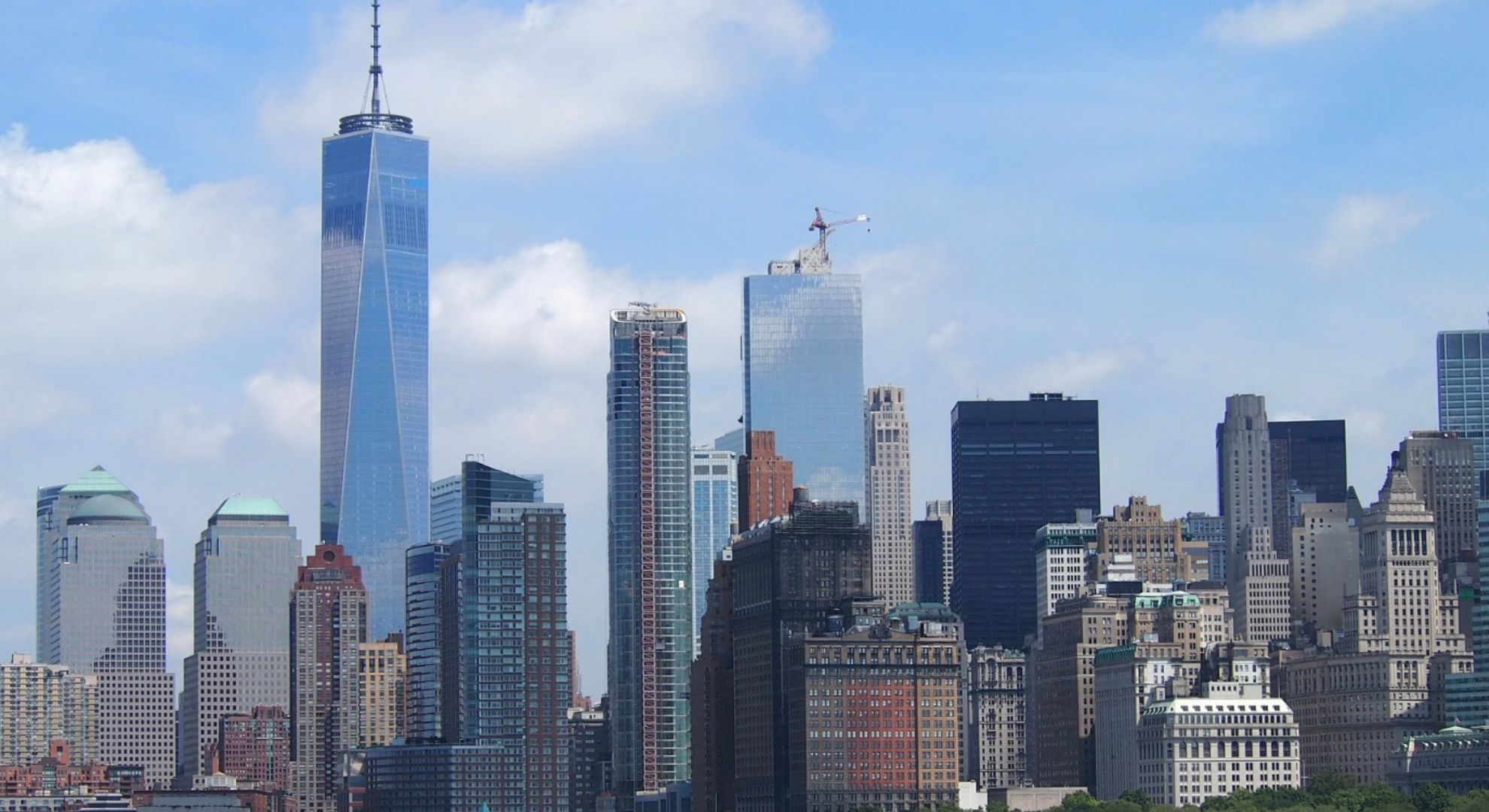A geographical study shows that New York City is sinking at an estimated 1-2 mm every year, and a major contributor to this is the weight of the buildings on it.
The research article published in the ‘Earth’s Future’ shared that the highly-dense city is sinking which is mainly due to the pressure of large buildings on the ground that impacts the soil that the city is built in.
With over 1,084,954 buildings (excluding other structures) in the city, which weigh approximately 1.68 trillion pounds, made the pressure worse on the city’s sediment that are already vulnerable to shifting and settling.
According to the study, the city is subsiding at an estimated 1-2 mm each year, with other parts “subsiding much faster” – noting that it is not only Manhattan that is at risk, but also Brooklyn and Queens are sinking.
Relatively, the amount it subsides is similar to Venice, which is expected to ‘disappear’ in the year 2100.

Tom Parsons, lead researcher of the study, shares that the city is at risk of flooding hazards and other natural disasters, such as hurricanes.
“New York faces significant challenges from flood hazard; the threat of sea level rise is 3 to 4 times higher than the global average along the Atlantic coast of North America,” the geologists wrote.
However, it is not only because of the buildings that the city is sinking, the study also shows that groundwater activities (i.e., pumping, and drainage systems), damming rivers used for water storage, and development and filling in of tributaries, are also affecting the city’s subsiding.
Though it may be troubling, Parsons provided reassurance and said that the goal of the study is to “raise awareness that every additional high-rise building constructed at coastal, river, or lakefront settings could contribute to future flood risk.”
“It’s not something to panic about immediately but there’s this ongoing process that increases the risk of inundation from flooding,” he said.
Other POP! stories that you might like:
7 outstanding Filipinos make it to this year’s Forbes ’30 under 30 Asia’ list
A disturbing trend may be driving the increase in crime rate in today’s Japan
A man is indicted of theft after stealing the ‘The Wizard of Oz’ slippers from museum
HONNE electrifies Manila during day 1 of the Philippine leg of their Asia tour
HONNE engages with PH media during presscon a day before conquering the Manila concert stage.



